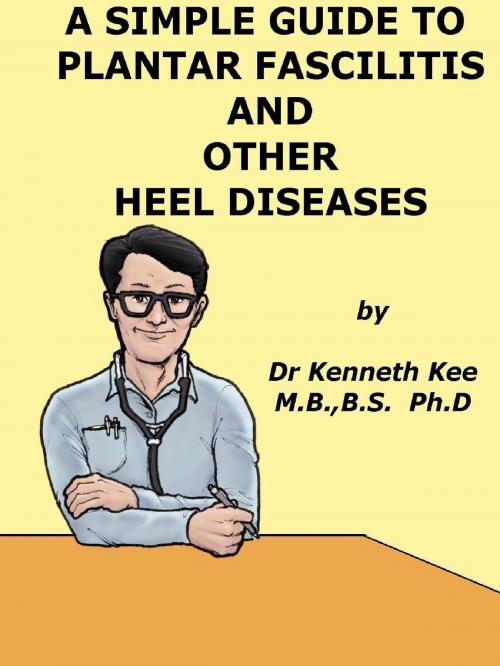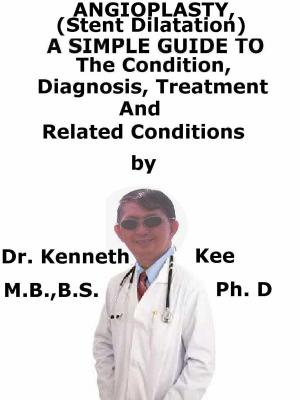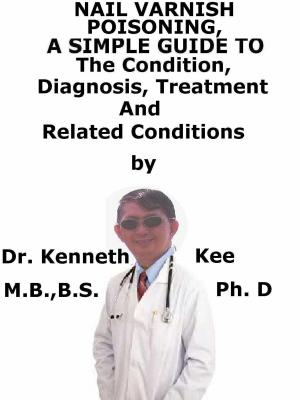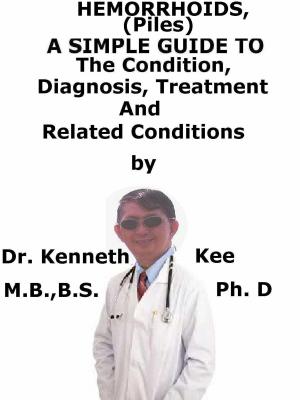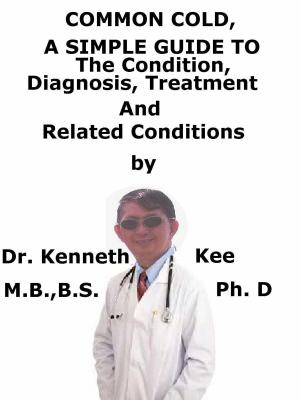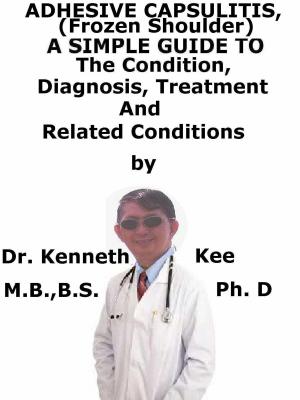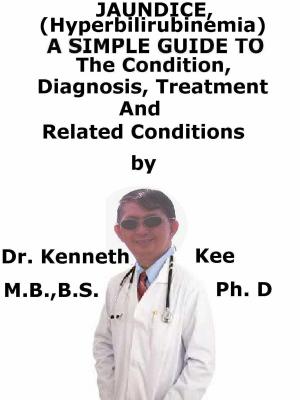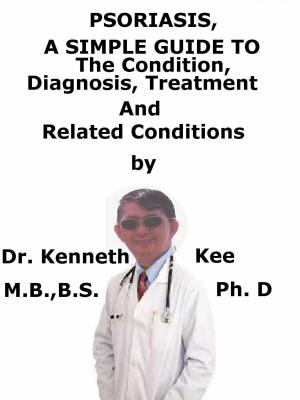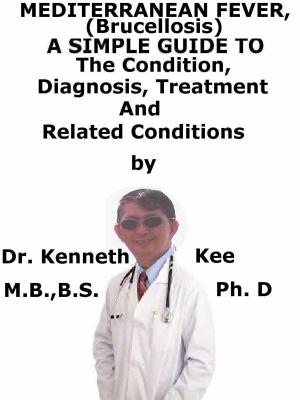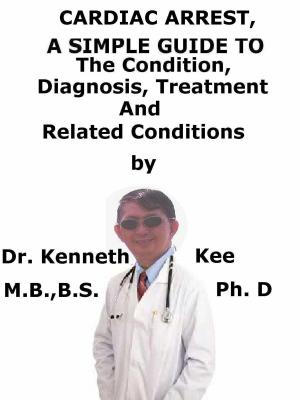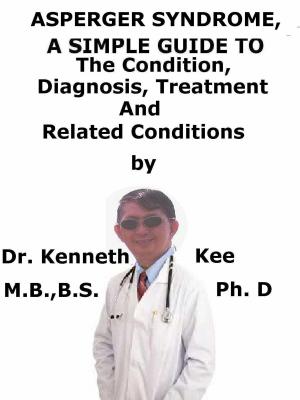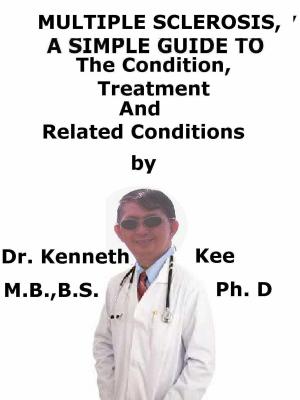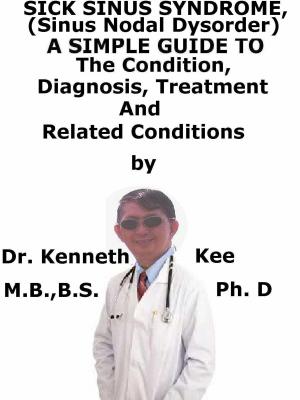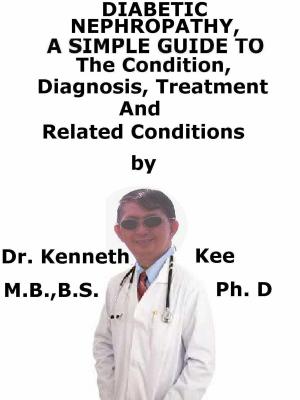A Simple Guide to Plantar Fascilitis and Heel diseases
Nonfiction, Health & Well Being, Health, Ailments & Diseases, Musculoskeletal, Health Care Issues| Author: | Kenneth Kee | ISBN: | 9781301822447 |
| Publisher: | Kenneth Kee | Publication: | November 14, 2012 |
| Imprint: | Smashwords Edition | Language: | English |
| Author: | Kenneth Kee |
| ISBN: | 9781301822447 |
| Publisher: | Kenneth Kee |
| Publication: | November 14, 2012 |
| Imprint: | Smashwords Edition |
| Language: | English |
Heel pain is the pain which is felt in the heel either when standing too long or when walking.
It occurs more in women than in men maybe because they tend to wear high heel shoes more than in men.
What are the causes of Heel Pain?
-
The most common cause is Plantar fascilitis which is an inflammation of the fascia stretching in the sole of the foot from the heel to the toes.
-
A calcaneal spur is the protrusion of the calcaneun bone due to constant weight or pressure.
It appears as a sharp protrusion of the bone on its front and lower end of the calcaneum bone or the upper and back end of the bone.
The front lower end protrusion is sharp and can press into the tissues or nerve causing pain on contact with the floor when walking or standing.
It can be typically seen as a sharp protrusion on X- rays.
-
Over weight or Obesity is another factor which can occur to cause heel pain because of the excessive weight on the heels.
-
Poor blood circulation of the foot typically results in a blood clot at the heel which is most painful when a person wakes up in the morning and steps on the floor resulting in the swollen blood clot pressing against the heel tissue causing heel pain.
After walking a bit, the heel pain disappears because the blood clot becomes dissipated and the blood starts flowing normally again.
Soaking in warm water before sleep and wearing warm socks usually helps to prevent this blood clot to form so easily at night.
- Pain in the heel may occur as part of the pain incurred in all arthritis of the ankle including osteoarthritis, gouty arthritis or rheumatoid arthritis.
6.Injury to the heel including falls leading to fractures of the calcaneal bone
What are the symptoms of Heel Pain?
The symptoms are usually:
-
pain in the heel while walking or standing
-
pain in the heel when stepping on the floor and improvement after walking causing the blood clot to dissipate.
-
pain in the upper part of the back of the heel during walking due to the protrusion hitting the nerve in the Achilles tendon area.
Signs
-
local heel tenderness in the area of inflammation or pressure on the calcaneal spur.
-
Direct pressure at the painful region causes pain.
How is Heel Pain diagnosed?
1.Involvement of pain at the heel region
- X-rays of the foot may show the presence of calcaneal spurs.
What is the treatment of Heel Pain?
Conventional Medicine:
1.Use of tapes and relief pads
-
Use of cushions and heel cups for the heel
-
Exercises of the heel muscle may help after the acute pain has subsided.
-
Loss of weight will reduce the weight on the foot and calcaneal spur
-
Exercise in warm will help in cases of blood clot in thee heel region
-
Wearing warm socks and raising the foot above the ground when sitting or on a pillow while lying in bed will reduce pressure on the heel bone.
-
A local anesthetic with steroid into the painful area will reduce inflammation and relieved pain and swelling
Pain killers such as NSAIDs can temporarily relieve pain
Surgery
Surgical removal of the calcaneal spur will help relieve the pain .
TABLE OF CONTENT
Chapter 1 Heel Pain
Chapter 2 Plantar Fascilitis
Chapter 3 Achilles Tendonitis
Chapter 4 Flat Foot
Chapter 5 Arthritis of Ankle and Foot
Chapter 6 Foot Care
Heel pain is the pain which is felt in the heel either when standing too long or when walking.
It occurs more in women than in men maybe because they tend to wear high heel shoes more than in men.
What are the causes of Heel Pain?
-
The most common cause is Plantar fascilitis which is an inflammation of the fascia stretching in the sole of the foot from the heel to the toes.
-
A calcaneal spur is the protrusion of the calcaneun bone due to constant weight or pressure.
It appears as a sharp protrusion of the bone on its front and lower end of the calcaneum bone or the upper and back end of the bone.
The front lower end protrusion is sharp and can press into the tissues or nerve causing pain on contact with the floor when walking or standing.
It can be typically seen as a sharp protrusion on X- rays.
-
Over weight or Obesity is another factor which can occur to cause heel pain because of the excessive weight on the heels.
-
Poor blood circulation of the foot typically results in a blood clot at the heel which is most painful when a person wakes up in the morning and steps on the floor resulting in the swollen blood clot pressing against the heel tissue causing heel pain.
After walking a bit, the heel pain disappears because the blood clot becomes dissipated and the blood starts flowing normally again.
Soaking in warm water before sleep and wearing warm socks usually helps to prevent this blood clot to form so easily at night.
- Pain in the heel may occur as part of the pain incurred in all arthritis of the ankle including osteoarthritis, gouty arthritis or rheumatoid arthritis.
6.Injury to the heel including falls leading to fractures of the calcaneal bone
What are the symptoms of Heel Pain?
The symptoms are usually:
-
pain in the heel while walking or standing
-
pain in the heel when stepping on the floor and improvement after walking causing the blood clot to dissipate.
-
pain in the upper part of the back of the heel during walking due to the protrusion hitting the nerve in the Achilles tendon area.
Signs
-
local heel tenderness in the area of inflammation or pressure on the calcaneal spur.
-
Direct pressure at the painful region causes pain.
How is Heel Pain diagnosed?
1.Involvement of pain at the heel region
- X-rays of the foot may show the presence of calcaneal spurs.
What is the treatment of Heel Pain?
Conventional Medicine:
1.Use of tapes and relief pads
-
Use of cushions and heel cups for the heel
-
Exercises of the heel muscle may help after the acute pain has subsided.
-
Loss of weight will reduce the weight on the foot and calcaneal spur
-
Exercise in warm will help in cases of blood clot in thee heel region
-
Wearing warm socks and raising the foot above the ground when sitting or on a pillow while lying in bed will reduce pressure on the heel bone.
-
A local anesthetic with steroid into the painful area will reduce inflammation and relieved pain and swelling
Pain killers such as NSAIDs can temporarily relieve pain
Surgery
Surgical removal of the calcaneal spur will help relieve the pain .
TABLE OF CONTENT
Chapter 1 Heel Pain
Chapter 2 Plantar Fascilitis
Chapter 3 Achilles Tendonitis
Chapter 4 Flat Foot
Chapter 5 Arthritis of Ankle and Foot
Chapter 6 Foot Care
